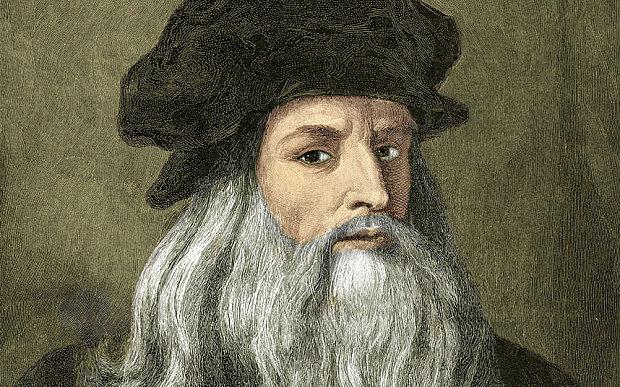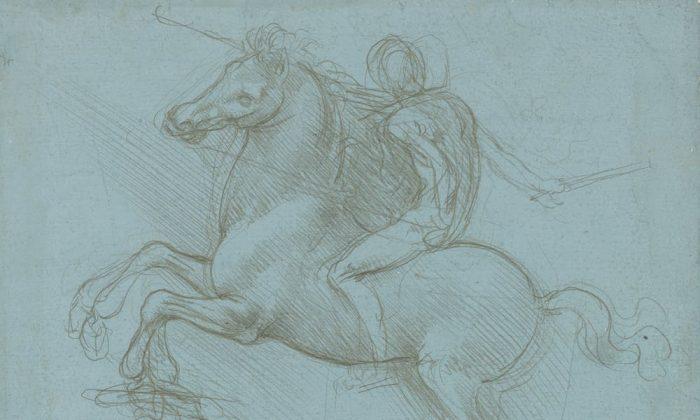Leonardo da Vinci may have been ahead of the curve in aerodynamics, anatomy and mechanics, but he also possessed an incredible foresight for another modern staple: cat obsessions.
In some of the last years of his life, Leonardo sat down, perhaps at his desk, perhaps on the street, took out his pencil and absent-mindedly sketched a cat. The resulting drawing is of not just one, but over a dozen of them, grooming, playing and fighting each other, with a couple of stalking lions thrown into the mix and to top it all, a slinky little dragon sinuously twisting backwards and baring its teeth. Evidently he appreciated them for their personalities and characteristics: not such a jump from cat doodles to the ubiquity of cats on social media today.

In the week that the latest blockbuster exhibition on Leonardo da Vinci, The Mechanics of Genius, opens to great fanfare at the Science Museum, a second, much smaller show is opening in Newcastle. The Laing Gallery’s exhibition showcases just ten of Leonardo’s best drawings from the extensive collections at Windsor, cats included. Whereas the Science Museum showcases the extraordinary mechanical genius of this remarkable artist, these drawings offers a more playful insight into Leonardo’s mind.
Cats were a commonplace sight in medieval and early modern houses, kept as pets to curb the mouse population. They sometimes left quite unexpected traces, such as the medieval moggy who marched over the still wet pages of a manuscript, much to the consternation of its scribe. And clearly they featured in more of an esoteric manner too: there are countless depictions of cats within medieval manuscripts, as featured in Nicole Eddy’s fabulous post on the “Lolcats of the Middle Ages”.



